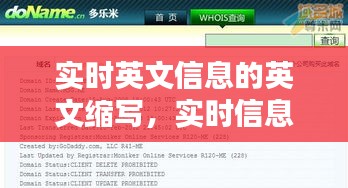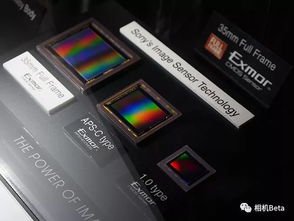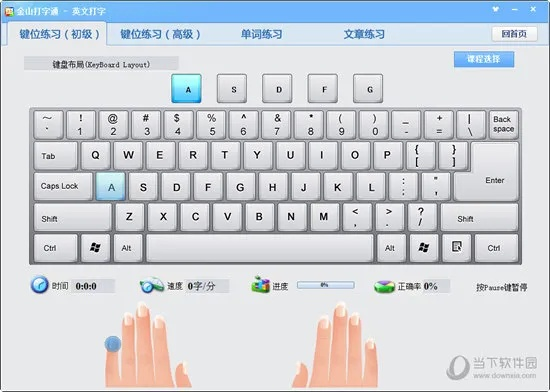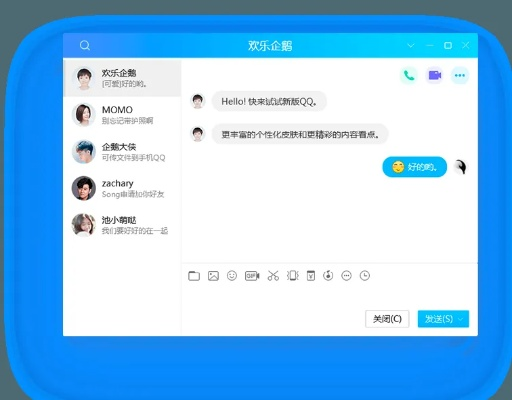Introduction to Abbreviations in Real-Time English Information
In the fast-paced world of real-time English information, abbreviations play a crucial role in conveying messages quickly and efficiently. These abbreviations are used in various contexts, including social media, instant messaging, and professional communication. Understanding these abbreviations is essential for effective communication in today's digital age.
Common Abbreviations Used in Real-Time English Information
Here are some of the most common abbreviations used in real-time English information:
Text Messaging and Social Media
1. LOL - "Laugh Out Loud": Used to express amusement or laughter. 2. BRB - "Be Right Back": Indicates that the sender will return shortly. 3. IDK - "I Don't Know": Expresses uncertainty or ignorance. 4. IMO - "In My Opinion": Used to preface a personal opinion. 5. TBH - "To Be Honest": Indicates that the following statement is being said sincerely. 6. TBH - "Texting While Driving": A cautionary abbreviation to remind others not to text and drive. 7. FTW - "For The Win": Used to express that something is excellent or successful. 8. IMO - "I Mean It": Used to emphasize sincerity or seriousness.
Instant Messaging and Chat Platforms
1. NSFW - "Not Safe For Work": Warns that the content is inappropriate for professional environments. 2. AFK - "Away From Keyboard": Indicates that the user is not actively typing. 3. GTG - "Got To Go": Used to indicate that the sender needs to leave. 4. ROFL - "Rolling On the Floor Laughing": Expresses intense laughter. 5. BFF - "Best Friends Forever": Used to describe a long-lasting friendship. 6. BRB - "Be Right Back": Indicates a temporary absence. 7. IDK - "I Don't Know": Expresses uncertainty or ignorance. 8. IMO - "In My Opinion": Used to preface a personal opinion.
Professional Communication
1. ASAP - "As Soon As Possible": Indicates urgency or the need for immediate action. 2. CC - "Carbon Copy": Used to send a copy of an email to additional recipients. 3. BCC - "Blind Carbon Copy": Used to send a copy of an email to additional recipients without revealing their addresses. 4. FBO - "For Your Benefit Only": Indicates that the information is confidential. 5. FYI - "For Your Information": Used to provide information that may be useful but not necessarily urgent. 6. NDA - "Non-Disclosure Agreement": A legal document that requires parties to keep certain information confidential. 7. NDAs - "Not Defined As": Used in technical writing to indicate that a term is not defined in the document. 8. VIP - "Very Important Person": Refers to someone of high importance or status.
Understanding the Context
It's important to note that the meaning of an abbreviation can vary depending on the context in which it is used. For example, "BRB" can mean "Be Right Back" in a casual text message but could also be interpreted as "Burnt Rice Balls" in a culinary discussion. Therefore, it is crucial to understand the context in which an abbreviation is being used to avoid misunderstandings.
Challenges and Misinterpretations
While abbreviations can enhance communication speed, they also come with challenges. Misinterpretations can occur, especially when the context is not clear or when the abbreviation has multiple meanings. This can lead to confusion, misunderstandings, and even offense. For instance, the abbreviation "OMG" (Oh My God) can be mistaken for "Oh My Gosh" or "Oh My Grief," depending on the context.
Conclusion
In conclusion, the use of abbreviations in real-time English information is a reflection of the evolving nature of communication. While they can streamline conversations and enhance efficiency, they also require careful usage and understanding of context. As technology continues to advance, it is likely that new abbreviations will emerge, and the existing ones will evolve. Staying informed and adaptable to these changes is key to effective communication in the digital era.
转载请注明来自马鞍山同杰良,本文标题:《实时英文信息的英文缩写,实时信息 英文 》















 皖ICP备2022015489号-1
皖ICP备2022015489号-1